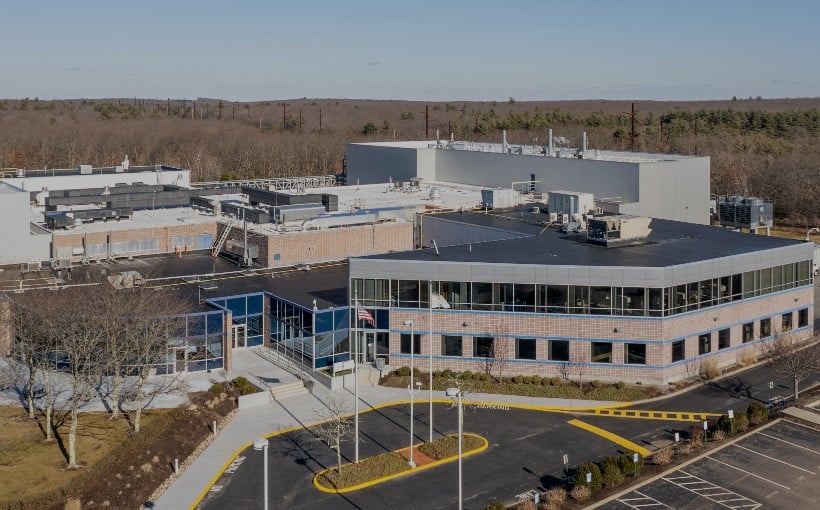Understanding demand drivers is crucial when making decisions about commercial real estate development and investment. According to John Chang of Marcus & Millichap, supply also plays a significant role in these decisions. In a recent video, Chang emphasized the importance of supply in the four main sectors of real estate.
In the office sector, there is currently less new construction compared to previous years. Although there is an 18% vacancy rate, only about 67 million square feet are expected to be delivered in 2024. This indicates that most of the current pipeline consists of build-to-suit projects located in suburban areas.
The retail sector also has a slow pace for new developments with approximately 40 million square feet expected this year – significantly lower than early 2000s’ levels. However, this has resulted in outperforming vacancy rates at just 4.8% forecasted for 2024 due to decreased construction since the Global Financial Crisis.
On the other hand, industrial properties are experiencing rapid growth with an estimated delivery of over three times more space than retail properties – totaling around360 million square feet by2024 and increasing vacancies up to6%. Multifamily properties will see record-breaking numbers as well with480 thousand units anticipated for completion by thenew year.However,this increase could leadtoa higher vacancy rateof6%, which can be attributedtothe ongoing housing shortageand unaffordable homeownership costsinthe United States.Chang predicts that although completions may exceed absorption ratesin2025,the multifamilyconstructionpipeline will decreasebeyondthatpoint,resultingindemandoutpacing supply once again.In summary,it’s importantfor investorsand developers alike tomaintainawarenessof bothdemanddriversandsupplymetricswhenmakingdecisionsaboutcommercialrealestate.The postKeepinganEyeonCRESupplyappearedfirstonConnectCRE.
When considering commercial real estate development and investment options,demand drivers play a critical role,but it’s also essential to consider supply. In a recent video, Marcus & Millichap’s John Chang stressed the significance of supply in the four main real estate sectors.
In terms of office space, there is currently less new construction compared to previous years. Despite an 18% vacancy rate, only about 67 million square feet are expected to be delivered in 2024 due to most projects being build-to-suit and located in suburban areas.
The retail sector is experiencing a slow pace for new developments with approximately40 million square feet expected this year – significantly lower than early2000s’ levels.However,this has resultedinoutperformingvacancy rates at just4.8% forecasted for2024due todiminishedconstruction since the Global Financial Crisis.
Ontheotherhand,theindustrial propertiesareexperiencingrapidgrowthwithanestimateddeliveryofoverthreetimesmorespace thanretailproperties-totallingaround360million squarefeetby2024andincreasingvacanciesupto6%.Multifamilypropertieswillsee record-breakingnumbers aswellwith480thousandunitsanticipatedforcompletion bythenewyear.However,thisincreasecouldleadtoahighervacancyrateof6%,whichcanbeattributedtotheongoinghousingshortageandunaffordablehomeownershipcostsintheUnitedStates.Changpredictsthatalthoughcompletionsmayexceedabsorptionratesin2025,the multifamilyconstructionpipeline will decreasebeyondthatpoint,resultingindemandoutpacing supply once again.Insummary,it’s importantforinvestorsanddevelopersaliketo maintainawarenessof bothdemanddriversandsupplymetricswhenmakingdecisionsaboutcommercialrealestate.ThepostKeepinganEyeonCRESupplyappearedfirstonConnectCRE.




